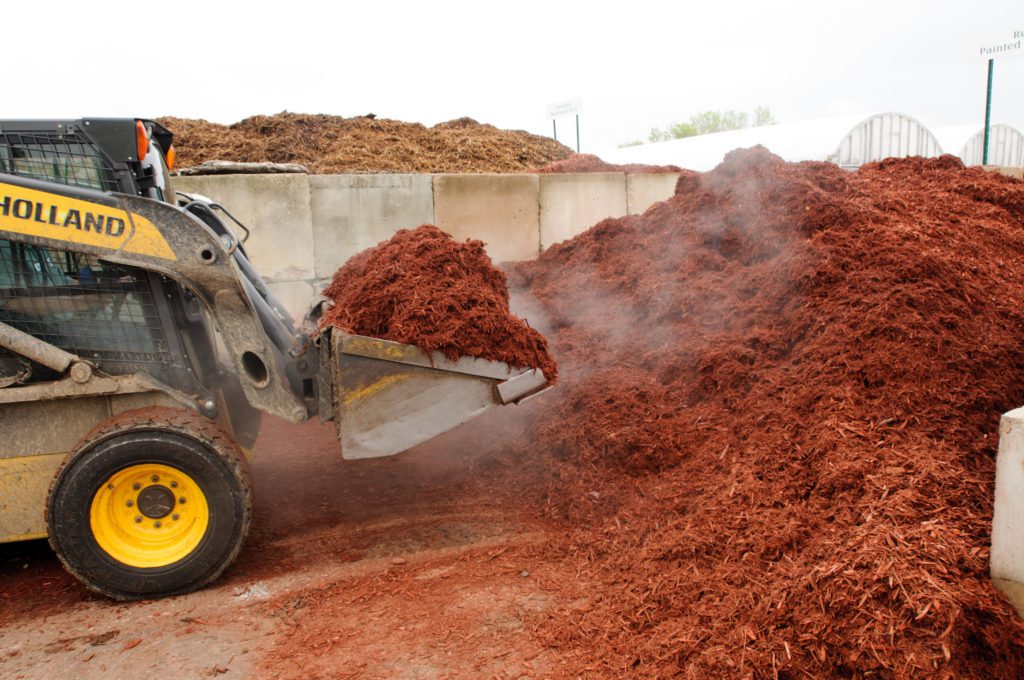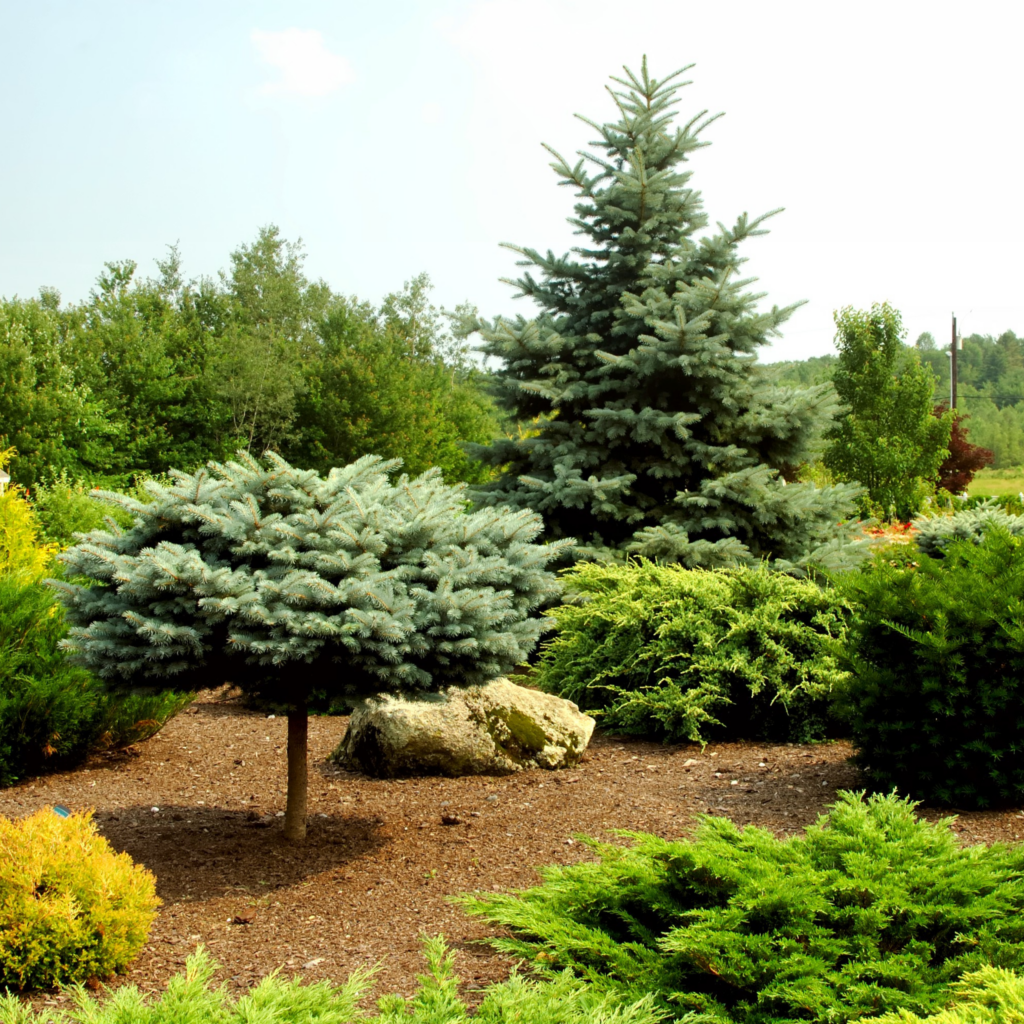While considered beautiful by some, Japanese beetles can wreak havoc on gardens and lawns alike. Learn how to reduce their population and protect your plants from these invasive pests.
What are Japanese Beetles?
Japanese beetles have been in the US for over 100 years after being accidentally introduced in New Jersey in the early 1900s. They are shiny, metallic green beetles with bronze wings and have a one-year life cycle.
They emerge in late June, feeding for 4-6 weeks. Females lay about 50 eggs each summer, which turn into grubs. These grubs feed until temperatures drop and they burrow into the ground to overwinter. As their next season approaches, they begin feeding again in early spring, gnawing on grassroots and killing just about anything in sight. Then they change into pupae and eventually emerge as adults in late June, continuing the cycle.
Adult beetles chew holes between leaf veins, damaging plants, and they feed on over 300 plant species, posing a problem for gardeners all across North America.

How to Control Japanese Beetles
Because Japanese beetles are not native to the U.S., there are few natural remedies to keep their population down. However, all is not lost!
Luckily, there are chemical and physical solutions, as well as a parasite for these pesky beetles that have proven effective in reducing their numbers.
Winsome Fly
If you see a white spot on the back of your Japanese beetles, let it be! This spot is the egg of a winsome fly, also native to Japan, which was intentionally introduced for biocontrol. Once the winsome fly egg hatches, it burrows into the beetle, causing it to die within 5-6 days.
So, if you encounter a beetle with a white spot, don’t kill it—the winsome fly will take care of it and continue to reproduce, further reducing the beetle population. To attract more winsome flies, you can plant a diverse garden with companion plants such as marigolds and sweet alyssum, which help draw these beneficial flies in.
Other Remedies
Other forms of Japanese beetle prevention include insecticides, trapping, selecting resistant plant varieties, or the use of organic alternatives.
Pheromone traps can catch many beetles, but they may also attract beetles from the surrounding area. To avoid attracting more beetles, you can simply pick them off your plants and drop them into soapy water; this is a foolproof way to reduce their population.
Diseased or malnourished plants and trees are most vulnerable to Japanese beetles damage, so preventative care is essential to keeping your trees, shrubs, and plants healthy for years to come.
We hope that with these tips, you feel equipped to protect your plants as these beetles continue to emerge over the next few weeks and that your garden is both beautiful and healthy for the remainder of the season!







